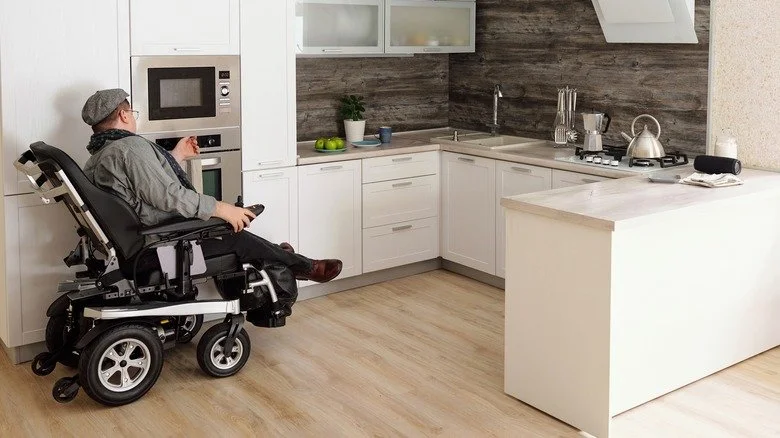The Importance of Designing Homes for Accessibility
Introduction
In recent years, there has been a growing recognition of the importance of designing homes that are accessible for individuals with disabilities. Despite this awareness, many homes still lack essential features that make them comfortable and functional for everyone. This article explores the challenges faced by people living in non-accessible homes and the benefits of converting spaces to accommodate their needs.
The Challenges of Non-Accessible Homes
Homes that are not designed for accessibility can pose significant challenges for individuals with disabilities. These challenges include:
Mobility Issues: Narrow doorways, high thresholds, and steep stairs can be difficult or impossible to navigate for individuals using wheelchairs or walkers.
Bathroom Accessibility: Traditional bathrooms often lack features like grab bars, roll-in showers, and lower sinks, which are essential for people with limited mobility.
Kitchen Layouts: Conventional kitchen designs can make it hard for individuals with disabilities to reach cabinets, countertops, and appliances.
General Navigation: Hallways and paths within the home may not accommodate mobility aids, making it hard to move around freely.
Benefits of Converting Your Home into a Handicap-Accessible Space
Transforming a home to be more accessible can greatly improve quality of life for individuals with disabilities and their families. Key benefits include:
Increased Independence: With features like ramp access, roll-in showers, and adapted kitchens, individuals can perform everyday tasks more independently.
Improved Safety: Modifications such as grab bars, non-slip surfaces, and stair lifts can reduce the risk of falls and injuries.
Comfort and Inclusivity: An accessible home design ensures that both residents and visitors feel comfortable and included, creating a more welcoming environment for everyone.
Enhanced Property Value: Homes that are accessible to all often have increased market value and appeal to a broader range of potential buyers.
Steps to Make Your Home More Accessible
Converting a home into a handicap-accessible space often involves several modifications:
Install Ramps and Lifts: Provide access to entrances and between different levels of the home.
Widen Doorways and Hallways: Ensure that all areas are wide enough to accommodate wheelchairs and other mobility devices.
Adapt Bathrooms and Kitchens: Include features like adjustable countertops, roll-under sinks, and walk-in tubs.
Upgrade Lighting and Signage: Improve visibility and use clear, large signage for easier navigation.
Conclusion
By making thoughtful changes to create an accessible home environment, we not only improve the lives of those with disabilities but also foster a sense of comfort and belonging that truly makes a house feel like a home. As society becomes more aware of these needs, it's crucial for homeowners and builders alike to incorporate accessibility features into their designs, ensuring that all individuals can enjoy the safety and comfort of their homes.




